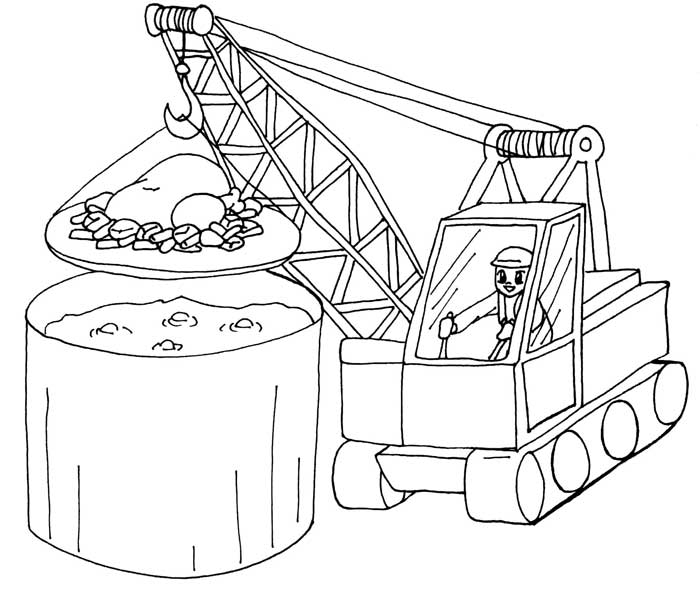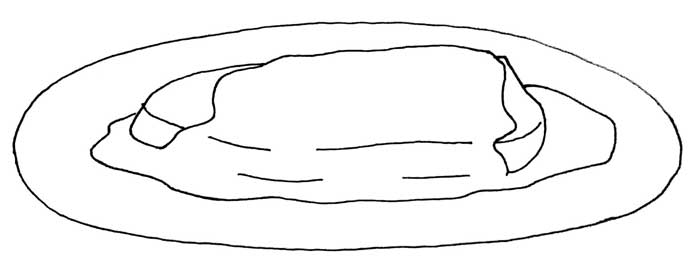How to Make Soup
While most culinary books begin with soups and broths, I believe that great soups are not made only by boiling ingredients together. Great soups are formed by first cooking your base ingredients and then building the flavors beyond this. Most people look at soups as a way to dispose of left overs, but
I view soups as a beautiful meal all by themselves.
Soups should not be viewed as a liquid that may or may not contain other solid ingredients. A soup should instead be viewed as a meal that is submerged in a sauce. When you consider the body of the soup as a sauce, it makes it easier to prepare and easier to season. Most soups are, in fact, watered down sauces.

Before we go any further, I need to first teach you the French concept of “mother sauces.”
Mother Sauces
Soups and sauces both originate from the same place. These “mother sauces” give birth to their children which are specific sauces and soup bodies. By changing the concentration of water and flavor particles, you can change a sauce into a soup.
Because this is a beginners cookbook, I am going to teach you a modified and simplified version of the concept of “mother sauces.” As you will notice, each of these categories has a broad generalization about it, which is very specifically the origin of its flavor.
1 Mammal Stock
This includes any stock or broth whose flavor origin derives from the roasted bones or meat of mammals.
Examples include: beef, pork, veal, deer, and lamb
Commonly used in: beef vegetable soup, French onion soup, brown gravy, and demi-glace
2 Poultry Stock
This includes any stock or broth whose flavor origin derives from the roasted bones or meat of poultry.
Examples include: chicken, turkey, and duck
Commonly used in: chicken noodle soup, chicken and dumplings, and Marsala wine sauce
3 Seafood Stock
This includes any stock or broth whose flavor origin derives from the roasted bones or meat of seafood.
Examples include: fish, clams, oysters, crabs, lobsters, and muscles
Commonly used in: seafood stews, and seafood risotto
4 Vegetable Base
This includes any stock or broth whose flavor origin derives from boiled or sautéed vegetables.
Examples include: tomatoes, mushrooms, celery, carrots, onions, and leeks
Commonly used in: tomato soup, marinara, wild mushroom soup, lentil soup, and vegetarian vegetable soup
5 Dairy Base
This includes any liquid whose flavor is derived from dairy products.
Examples include: milk, cream, cheese, and butter
Commonly used in: lobster bisque, clam chowder, baked potato soup, beer cheese soup, cheese sauce, and macaroni and cheese
6 Asian Condiment Base
Th is includes any liquid whose fl avor origin derives from seasoning condiments.
Examples include: soy sauce, fi sh sauce, ketchup, and rice vinegar
Commonly used in: ramen, and tofu soup
Asian condiment bases are unique in the fact that they are not created from simple ingredients. These condiments have been created through long processes to condense their flavors in the creation of sauces. But we can, by simply adding water, create great soups using these condiments.
As you can see, these simplified “mother sauces” can very easily be turned into soups or sauces.


The biggest difference between a soup and sauce is utilization inside of a recipe. A sauce is used to compliment the flavors of a recipe (think gravy on mashed potatoes). A soup is used to flavor and bind a recipe together (think beef broth in French onion soup). A sauce will never be the majority of a
recipe. A soup will always act as a container for other ingredients to reside inside of.
Learn HOW to cook in a new, fun, and exciting way! Click here for Chef Ryan’s How to Cook Cookbook